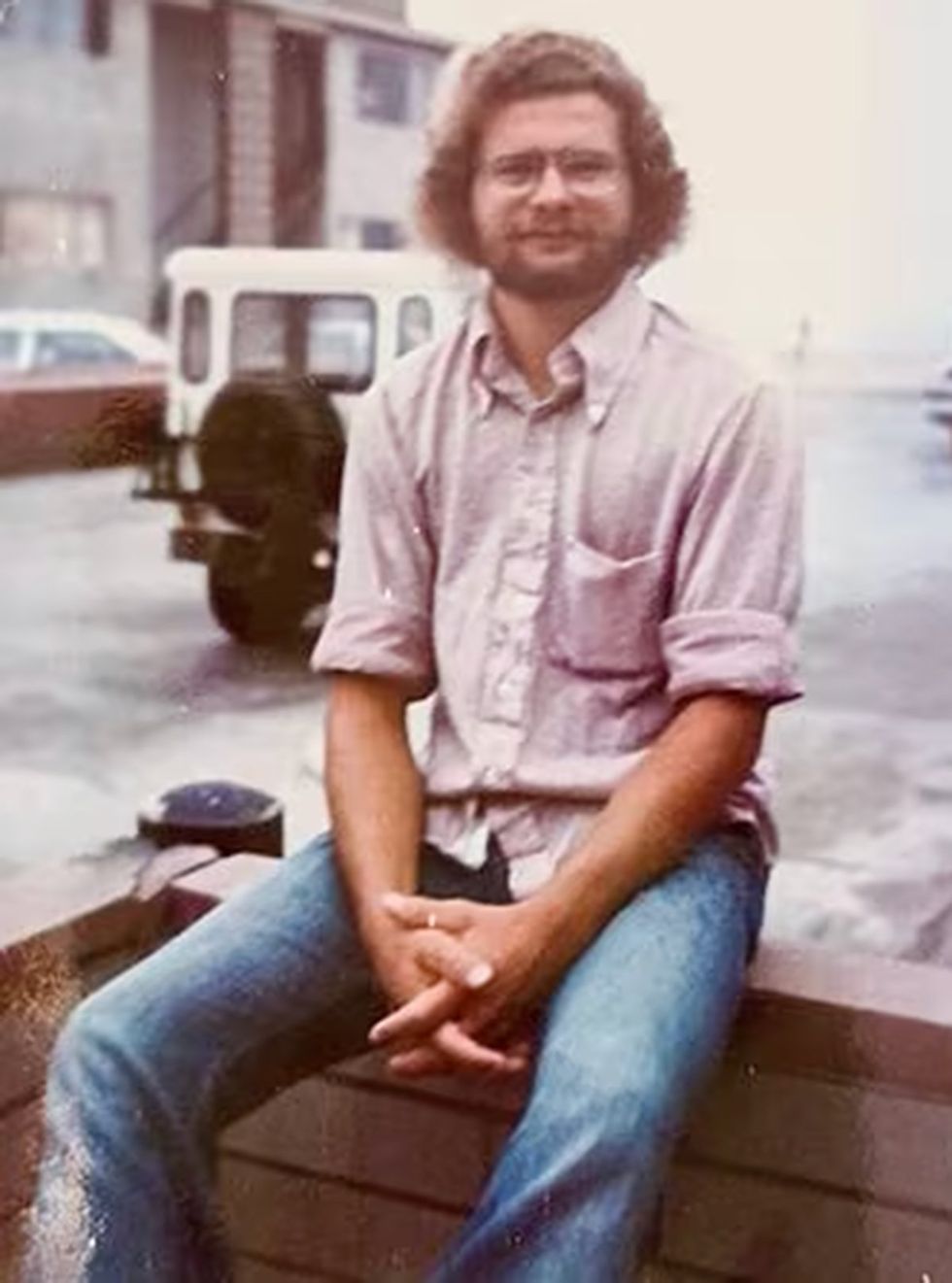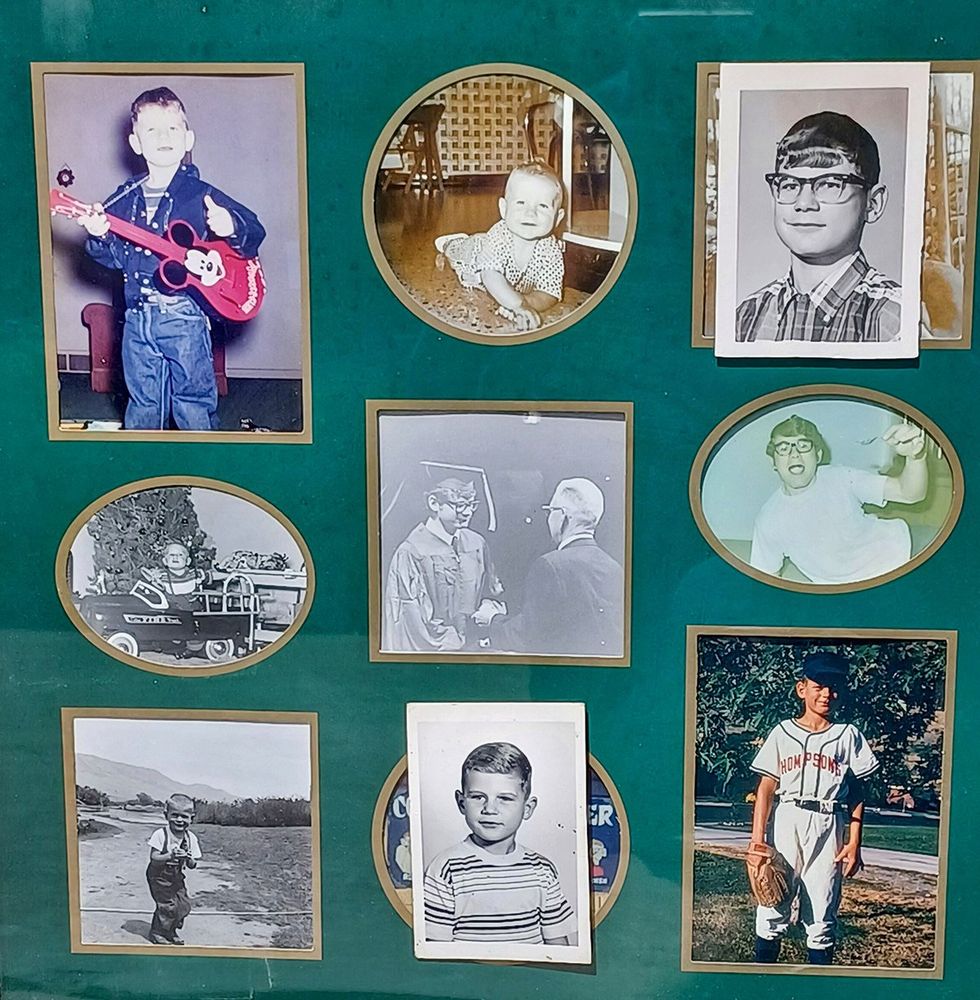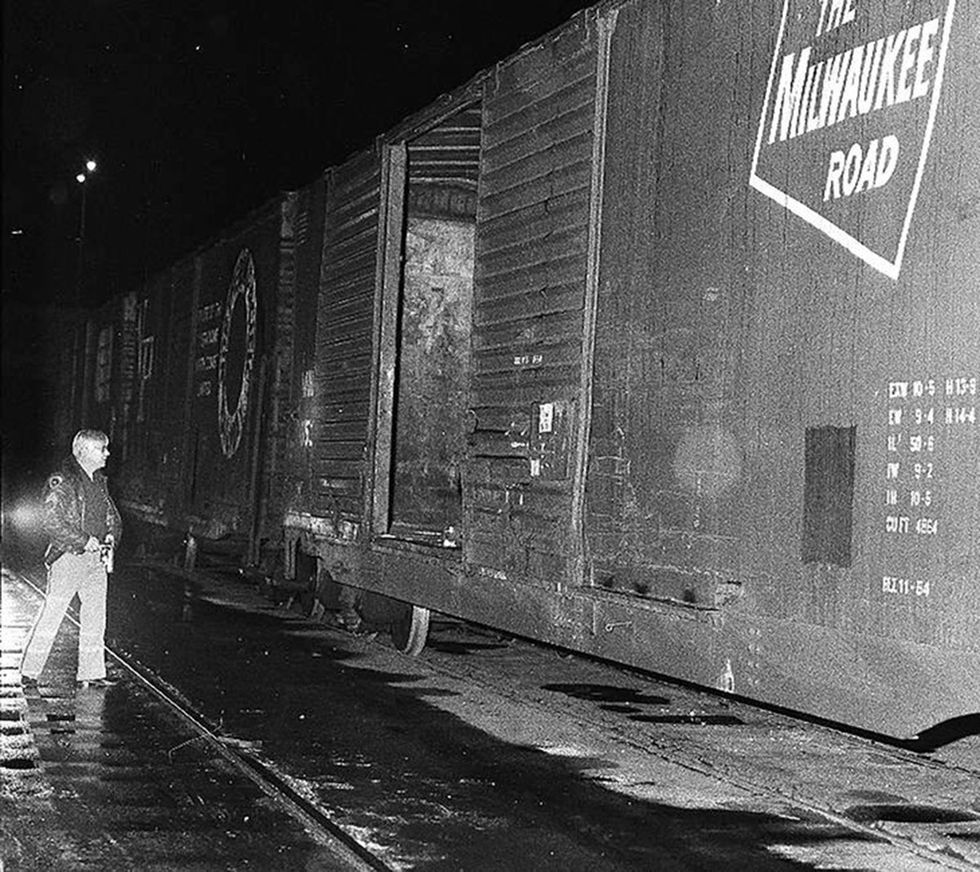Crime
Police Questioned a Prime Suspect in a Utah Gay Man’s Murder. Why Is the Case Still Cold?

Images: Salt Lake City PD (crime scene); Kris Robinette via Salt Lake Tribune (portrait)
Bruce Hughes admitted to threatening to kill Doug Coleman. But Salt Lake City police never made any arrests.
December 07 2023 10:00 AM EST

 Image: Kris Robinette via Salt Lake Tribune
Image: Kris Robinette via Salt Lake Tribune Image: Kris Robinette via Salt Lake Tribune
Image: Kris Robinette via Salt Lake Tribune Images: Salt Lake City PD
Images: Salt Lake City PD


































































Charlie Kirk DID say stoning gay people was the 'perfect law' — and these other heinous quotes